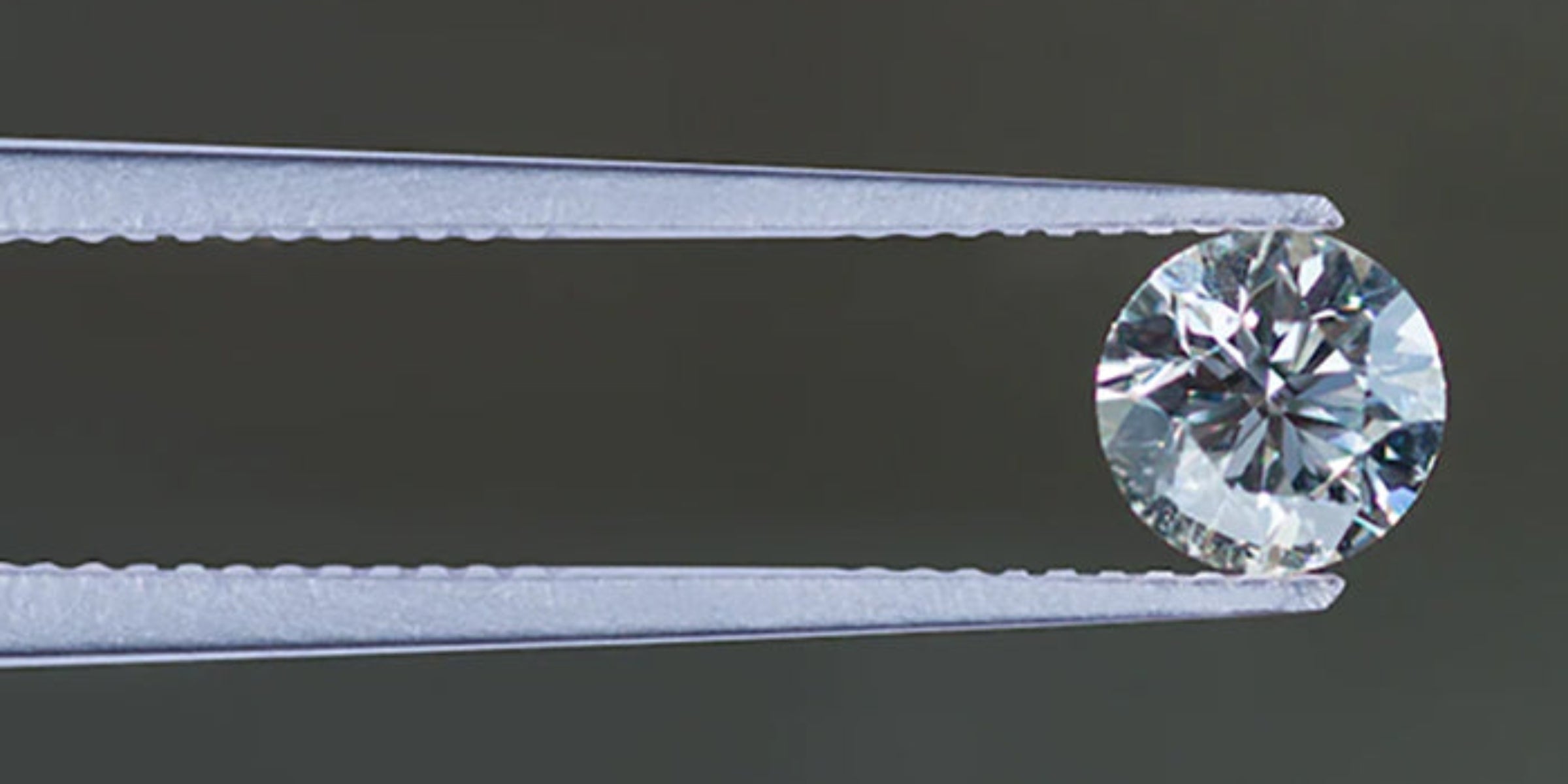
Understanding the 4Cs: Diamond Clarity
Diamond Clarity: What It Means and Why It Matters.
Whether formed deep beneath the earth or grown in a laboratory, nearly every diamond bears subtle marks of its creation. These tiny internal and surface imperfections, known as inclusions and blemishes, are evaluated under the clarity grade. Though many are microscopic, clarity plays a vital role in a diamond’s overall beauty and value.
Understanding how diamond clarity is graded allows you to make a more informed choice, one that balances sparkle, structure, and the signature brilliance you expect from a fine diamond.
What Is Diamond Clarity?
Clarity refers to the presence of imperfections in a diamond, both inside (inclusions) and on the surface (blemishes). These natural features formed during the diamond’s growth are unique to each stone. Inclusions might look like minute crystals, feathers, or clouds; blemishes include surface marks like scratches or nicks, often caused during cutting or setting.
Clarity grading takes into account the size, type, location, and visibility of these imperfections, most of which are invisible to the naked eye. Even the smallest marks are factored into the final clarity grade, affecting both the appearance and price of the diamond.

How Is Diamond Clarity Graded?
Clarity is assessed using a standardised scale developed by the Gemological Institute of America (GIA). Diamonds are examined under 10x magnification to determine their clarity grade:
-
Flawless (FL): No inclusions or blemishes visible under magnification. Exceptionally rare and prized.
-
Internally Flawless (IF): No internal inclusions; only minor surface blemishes.
-
Very, Very Slightly Included (VVS1, VVS2): Minute inclusions extremely difficult to detect under magnification.
-
Very Slightly Included (VS1, VS2): Minor inclusions that are difficult to see even at 10x, invisible to the unaided eye.
-
Slightly Included (SI1, SI2): Noticeable inclusions under magnification, and sometimes visible to the naked eye.
-
Included (I1, I2, I3): Inclusions visible without magnification, which may affect brilliance and durability.
At True Brilliance, we exclusively offer diamonds graded VS1 or above, ensuring every diamond meets our high standards for clarity and beauty.
Inclusions vs. Blemishes: What’s the Difference?
-
Inclusions are internal characteristics such as mineral crystals, tiny fractures (known as feathers), or pinpoint spots. Depending on their location, they can impact how light travels through the diamond.
-
Blemishes are external surface imperfections like scratches, polish lines, or chips. While they tend to have less impact than inclusions, large or prominent blemishes can still affect clarity.
Clarity grading considers both, but internal inclusions often carry more weight in determining a diamond’s value.
Why Clarity Matters
Clarity directly affects how a diamond handles light. Fewer imperfections allow for better light performance, translating to more brilliance, fire, and sparkle. A diamond with higher clarity looks cleaner and brighter, especially in certain cuts where the facets act like windows into the stone.
That’s why clarity isn’t just about rarity, it’s about visible beauty.
Lab-Grown Diamonds and Clarity
Lab-grown diamonds are evaluated using the same clarity scale as natural diamonds. Thanks to the controlled growth environment, lab-created diamonds often contain fewer inclusions or blemishes, making it easier to find a high-clarity diamond at a more accessible price point.
At True Brilliance, each lab-grown diamond is hand-selected to meet our strict clarity standards, so you never compromise on visual excellence.
When Should You Prioritise Clarity?
While clarity is important, it doesn’t always need to be top priority. However, there are times when it should be:
-
Emerald and Asscher cuts: These step-cut shapes feature large, open facets that can reveal inclusions more easily. Opt for higher clarity grades in these styles.
-
Larger diamonds: The bigger the stone, the more visible any inclusions will be. As carat weight increases, clarity becomes more important.
-
Solitaire settings: When the diamond is the focal point, any imperfections will be more noticeable.
In many other cases, a VS1 or VS2 clarity grade offers an exceptional balance, clean to the eye, yet better value than higher grades that may not show a visible difference.
Final Thought
Clarity is a key part of the diamond grading process, but it’s only one aspect of what makes a diamond truly brilliant. The perfect diamond balances all four Cs: clarity, cut, colour, and carat. By understanding clarity and how it fits within this framework, you’ll be better equipped to choose a diamond that’s as beautiful as it is personal.
At True Brilliance, our diamonds are carefully selected to ensure every piece meets the highest standards for clarity and elegance, so your diamond always looks as flawless as it feels.

